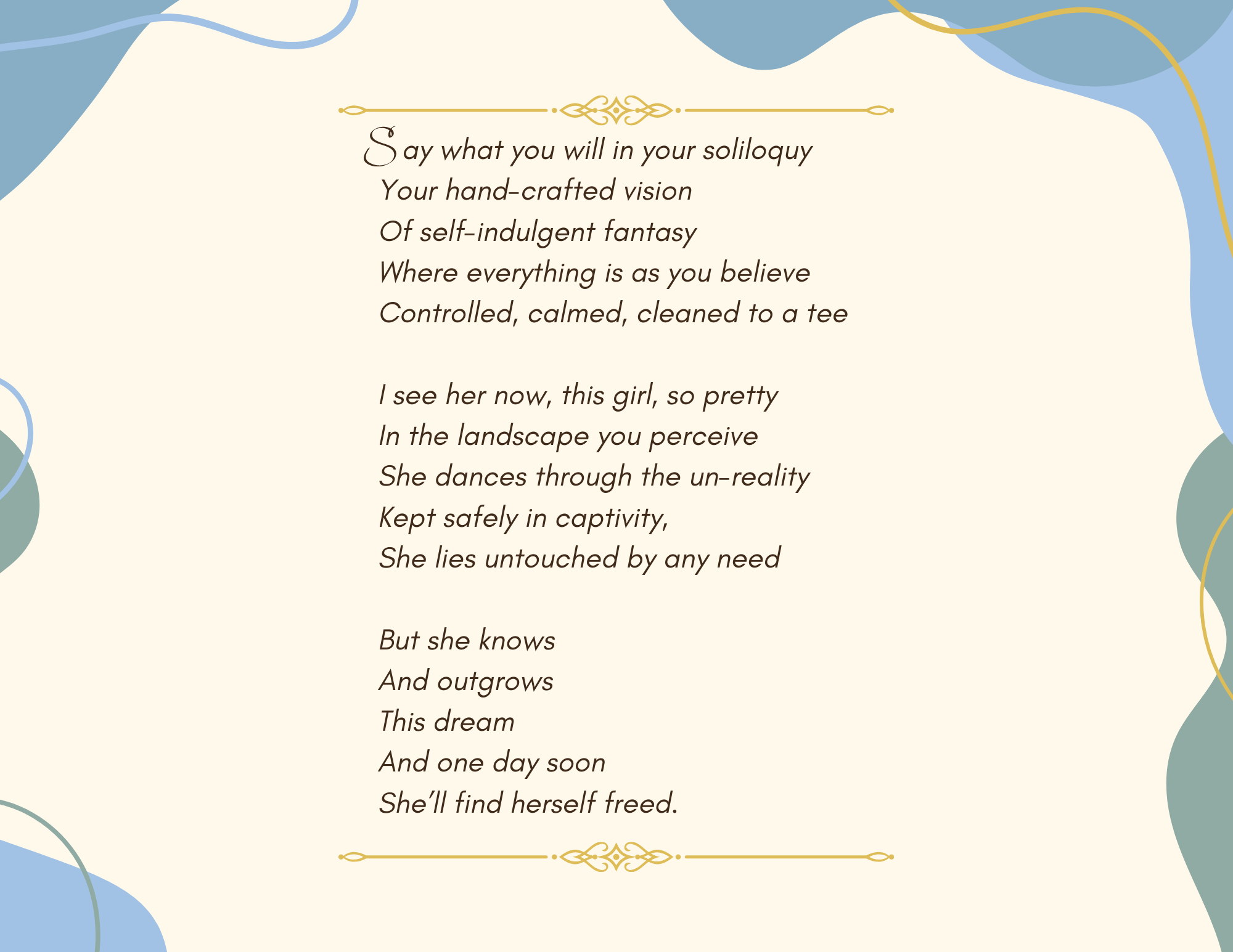BY: AUDREY MAXNER
This blog post provides a summary of the processes used in my capstone project, Recognizing My Wholeness Through Artmaking. Please see the entire project and implementation of the following processes there.
My summer residency capstone project combined heuristic inquiry with arts-based research to create a heuristic, arts-based self-study. In this blog post, I will briefly explain how I applied the processes outlined in my previous blog post, Intertwining Heuristic Inquiry and Arts-Based Research, to gain a deeper understanding about living as a disabled person in the world.
The Project: Knitting and Learning the Disabled Art of Play
For my capstone project, I conducted arts-based research guided by the phases of heuristic inquiry to deeply understand the disabled experience. My research was guided by two questions of inquiry, “How can I begin to liberate myself?” and “How can I begin to liberate my art?,” and culminated in the creation of six blanket squares alongside narrative stories, poetry, and self-reflections.
The project incorporated five steps:
Reading the writings of disability justice elders to understand the perspectives of those with shared experiences.
Self-reflecting on my own experiences with disability to identify core questions.
Knitting blanket squares randomly selected from a 60 Quick Knit Blanket Squares book.
Composing narrative storytelling, re-examining my own poetry, and generating self-reflections for each square knit.
Writing final reflections about the process of creating each square, the themes which emerged, and the conclusions drawn.
Altogether, each of these steps moved me through the phases of heuristic inquiry. The start of each blanket square acted as initial engagement with a new theme. These themes were informed by my disability justice readings, my knitting processes, and my self-reflections. As a result, each square encompasses a guiding question and its associated knitting stage and disability justice principles.
Knitting each square provided opportunities for immersion and incubation. The act of knitting, a repetitive and non-strenuous physical activity, allocated designated time for my mind to naturally segue between immersing myself into my research questions and moving away from them entirely.
Writing narrative stories, re-visiting my poems, and conducting self-reflections upon the completion of each square brought me into the illumination and explication phases. These deeper reflections unveiled the themes, guiding questions, and disability justice principles I had consciously and subconsciously integrated into each square.
Bringing all the pieces together – my knit squares, their guiding questions, their associated knitting stages and disability justice principles, and my writings – acted as my creative synthesis. These pieces created visual data representing the experience of my inquiry as I lived it and depicting the conclusions that I drew.
This led to the larger creative synthesis of the overall project and its questions of inquiry: How can I begin to liberate myself? How can I begin to liberate my art? Upon deeper reflection, I found my answer lay in the disabled art of play:
Adapting things to fit my needs in the ways that I need
Embracing the movements of the process
Continuing onward in nonlinear ways
Providing space for and celebrating imperfection
Dissolving fears into acceptance and joy
Liberation
-
Maxner, A. (2022, September 13). The Disabled Art of Play. Creative Generation Blog. Creative Generation. Retrieved from https://www.creative-generation.org/blogs/the-disabled-art-of-play





